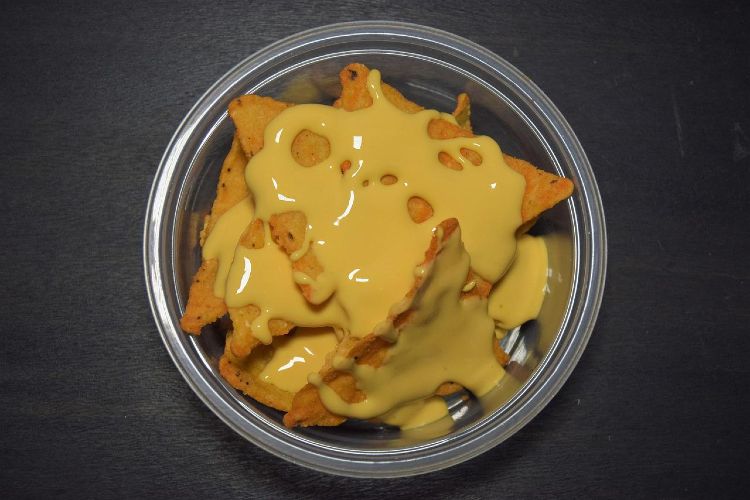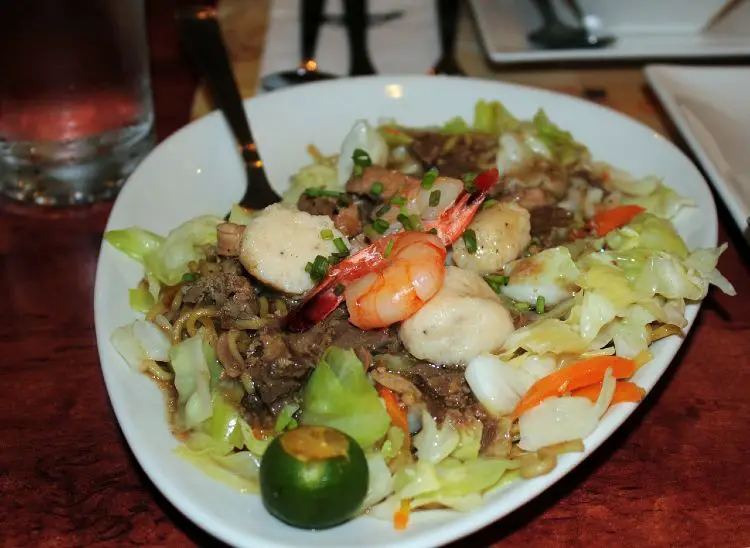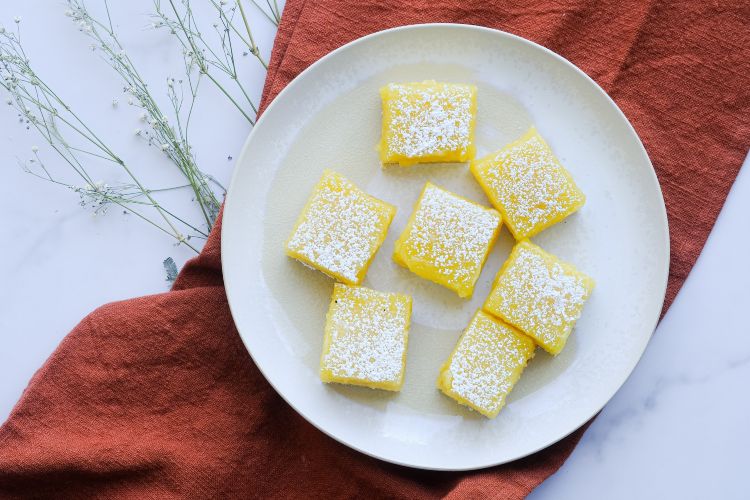Wild Salt
We need salt, it is essential to life. This is true of humans and all the other animals, which instinctively look for it in a salt lick, as they seek out the natural mineral deposits that provide them with nutrients. It is found in the ground in the sea and, if we are carnivorous, we also find it in the animals we eat. Historically hunter tribes never traded in salt, as societies’ salt traders were the agricultural tribes. Its importance is revealed in the amount of salt-derived words that pepper our language: soldier, salad, salacious and salary.
In “Salt, A World History” Mark Kurlansky writes “Salt deficiency causes headaches and weakness, then light-headedness, then nausea. If deprived long enough, the victim will die. But at no time in this process is a craving for salt experienced. However, most people choose to eat more salt than they need.”
As long as we keep within our dietary needs, then salt is good for us, but keeping within our needs is where the health problems start. On average, the sea salt we flake or shake onto our food accounts for just 10 per cent of your daily intake. Three-quarters of the average daily salt intake comes hidden in processed foods, with breakfast cereals, bread, cakes and biscuits being the main culprits.
I’ve recently begun evaporating sea salt from the clean waters of West Cork and the pleasure of collecting wild salt takes on new meaning with an understanding of basic chemistry. This is the chemistry of Elements, indestructible substances that create the world and us. These are the same raw trace elements that are part of salt’s make-up.
The story of the Elements is thrilling: we may have traded and fought over salt, but the Elements, in their raw state, are something we have worshipped as pagans.
Elements begin their life in outer space. It is only through the action of the “big bang” of a dying star, as it explodes into a supernova (literally a stellar explosion) that enough heat is generated to create an Element, such as gold, lead, silver, carbon etc. The supernova stars in outer space have provided all the material in our world.
Salt, when captured in the wild, fuses together over 70 of these Elements. So, when you eat real salt, think of it as stardust, for that is what it really is.
Here are some of the stardust trace Elements you find in real salt:
Chloride regulates the acid-alkali balance in the body, and is necessary for the production of gastric acid.
Iron is biologically indispensable, it is the element that colours our blood red – which has made it the symbol of war, from the planet of Mars.
Sulfur is important for skin, hair and nails.
Magnesium is the main energy source for cell functioning and is necessary for normal muscle contraction.
Potassium stimulates kidney and adrenal functioning, and is important in the biosynthesis of protein.
Calcium builds healthy bones and both Silicon and Manganese help here as well.
Copper supports absorption of iron and vitamin C.
Making Your Own Sea Salt
I never expected to learn about sea salt from an ice cream recipe, but it was from a recipe by Kieran Murphy for Murphy’s Sea Salt Ice Cream in Dingle ( www.icecreamireland.com ) that I first learned the technique.
Take a 5 Litre container to either a clean remote beach (not near dwellings), or, even better, out to sea using a boat or kayak.
Bring back the sea water, sieve through muslin into a wide pan, or you might need two to begin, and begin boiling. Boil and boil and boil. It takes a number of hours, but the wider the pan the faster it happens.
When you are about to give up on it, you will notice small white crystals developing in the water. Keep going, and, with only a couple of inches to go, suddenly your liquid solidifies into soggy salt crystals.
Keep boiling until all you have left in the pan are the salt crystals. Then tip the salt onto a baking tray and place in a very low oven for an hour or so.
Eventually, you will have pure sea salt, and enough to last several months, which goes some way to justify all the energy involved in boiling it for so long.
I’ve heard of other people boiling it outside, using a heavy-duty camping stove. For those worried about condensation in the kitchen, this is a good option.
Salt-crusted Steak
This recipe comes from an idea from Skye Gyngell, the Head Chef at Petersham Nursery, in Richmond, London.
The ingredients
Steak (fillet, sirloin, strip-loin, t-bone all would work)
Sea Salt and black pepper
Olive oil
Lemon
Method
Brush the steak with a little olive oil. Heat a grill pan until blazing. Fry the steak for 2-4 minutes depending on the thickness (thicker is better). Meanwhile shake some medium grated sea salt onto a baking tray and grind in some pepper.
Turn the steak and cook for another 2-4 minutes. Then remove the steak, place on the salt, and turn so both sides are covered. Leave the steak to rest in the salt for 10 minutes.
Then return the steak to the pan for 1 minute per side, brushing off the salt as it cooks. Serve sliced, drizzled with more olive oil and lemon juice.
Further Information about the author
Sally McKenna: www.bridgestoneguides.com and www.lifeskills.ie
Follow Sally on Twitter: @BridgestoneEd



